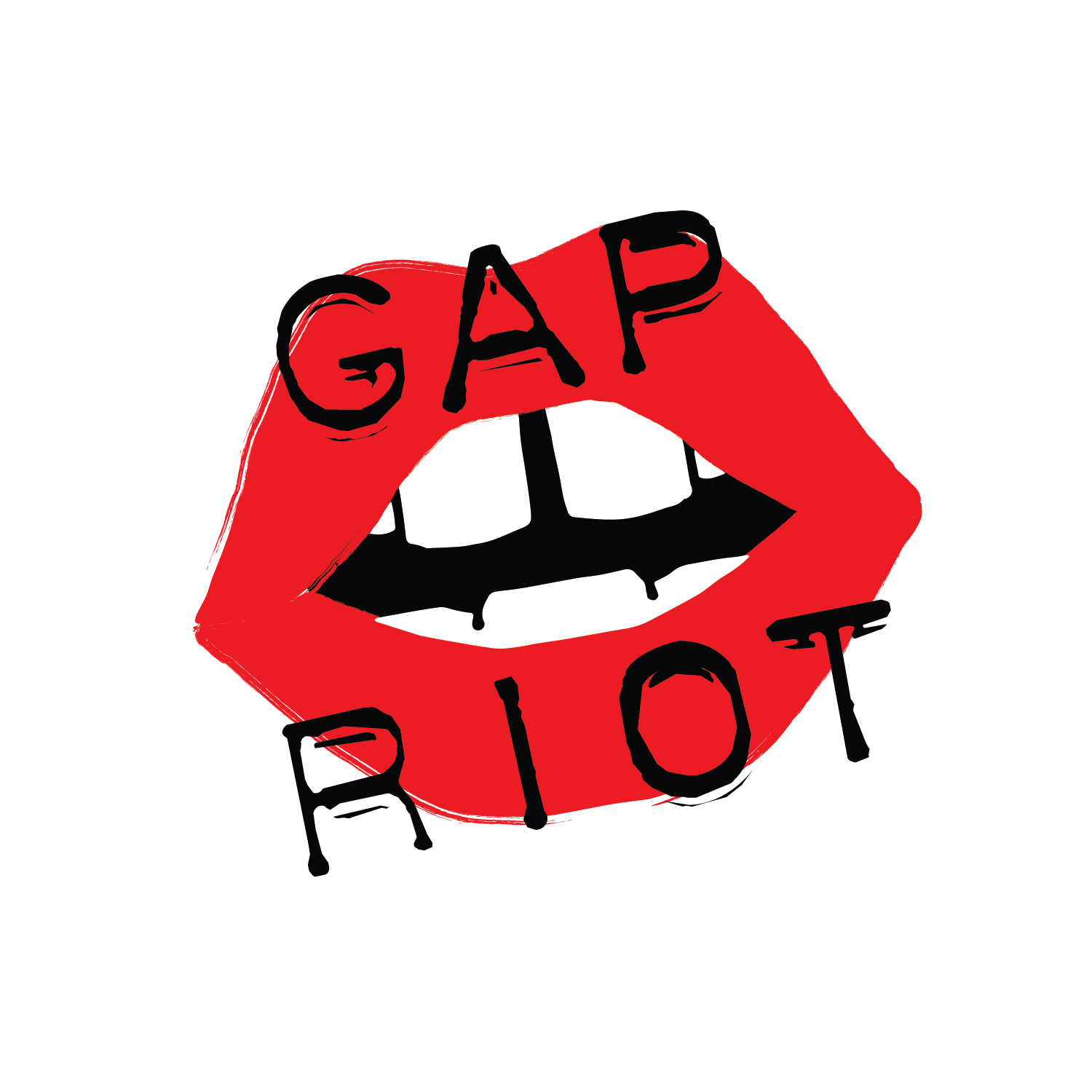From acclaimed Toronto-based poet, novelist, and playwright, Priscila Uppal, comes Gap Riot Press’ first chapbook, What Linda Said: The Poems.
What Linda Said contains the poems performed as a part of Uppal’s emotional and hilarious play of the same name, which premiered in August 2017 as a part of Toronto’s SummerWorks Theatre and Performance Festival. Printed at Swimmer’s Group in a limited run of 100 copies. Each chapbook is printed on high-quality paper with a card stock cover featuring an illustration of a sea turtle by Toronto artist and Gap Riot resident designer Stace Schmidt. Making this publication even more unique, each WLS chapbook contains one unique author photo of Priscila Uppal taken by Toronto photographer Mark Tearle. The second printing comes in white card stock covers without the author photo.
Featured Poem
Gravity
I wanted to write a short story where this woman was in love with a painting—not in awe, or enamoured, but actually in love, deeply–as if the painting and the woman had been separated at birth, both never quite understanding why they were never quite right—at home as they say—in their own skins.
And the painting was in love with her too, but had no way of communicating its relief that it had finally found its rightful place in the world six feet in front of her.
And this painting was not of a man or woman, or even a bridge or an oak tree or a basset hound, but was a series of lines—straight lines that appeared to be static to everyone else except the woman who understood the lines were letters, letters addressed to her.
The woman wrote letters back. Yes, love letters. And when the gallery was open, she left them on the white cushions of her bench. And when the gallery was closed, she slipped them underneath the door.
Most of the letters were picked up by a security guard, who fell deeply in love with the woman. This woman who only had eyes for the painting.
Oh, I forgot to mention, the painting and the short story were both called Gravity.
I imagined the security guard stealing the painting so the woman would one day track him down and attach herself to him.
But she stopped going to the gallery, the way lovers stop loving without knowing why, the sharp pain of initial separation spreading out like a long line, thinner and thinner, until it becomes invisible to the naked eye.

